When I stopped for a few nights at the Etosha Café (can be called Etosha Kef with a local touch) in Tsumeb, I didn’t know that I would stay there for a month. Indeed, I finally ended up being kidnapped on this trip. Kidnapped by Hannelie and Dayne, the very friendly owners of the place, armed to the teeth with delicious food and a draught beer tap.
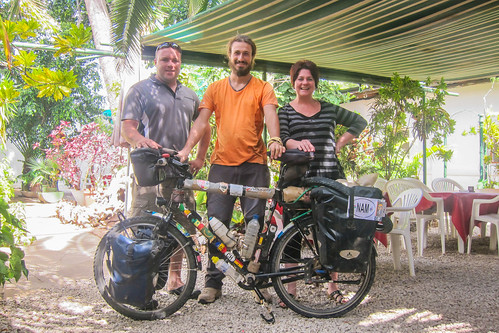
We got this picture of us in the national newspaper (here) with a story in Afrikaans. I’m surprised that Afrikaans is really spoken by everyone in Namibia. I’ve heard several times Black people speaking it among themselves. Afrikaans seems bigger than English, unlike in South Africa.
A month is a long break, especially this close to the end, but I’ve not been idling at all. I had a lot to catch up with pictures and blogging, practically since the beginning of Angola. Dayne and I have also been visiting around when he was not busy with his wheel alignment business. And on the top of it, a trip to the neighboring Etosha National Park, without which I would be cycling the “wild continent” without seeing a giraffe or an elephant.
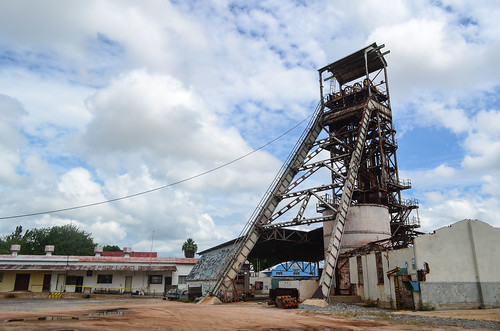

A world-famous Cu-Pb-Zn-Ag-Ge-Cd mine, renowned for a wealth of rare and unusual minerals. Discovered and initially operated in 1907 and closed in 1996 for economic reasons. The ore body is a pipe. It is about 120 by 15 meters in cross section, steeply dipping and extending from surface to at least 1,000 meters in depth. Workings include extensive underground openings to a depth of 1,000 meters.
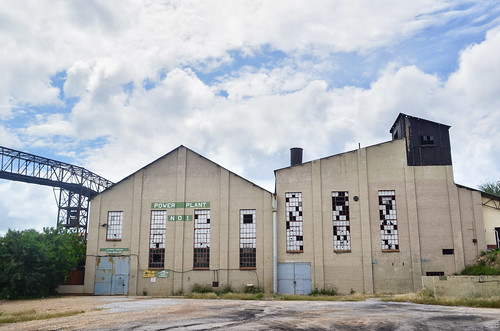
Tsumeb is a unique mining site in the world. It is said that the towns modern history probably begins in 1893 when a prospector, Matthew Rodgers, reported on the site – “In the whole of my experience, I have never seen such a sight as was presented before my view at Soomep, and I very much doubt that I shall ever see another in any other locality.” Shortly afterwards his company purchased the site from the local inhabitants and in 1890 mining activities commenced.
Dayne takes me to the location of the old smelter, not even 200 meters out of town, and we proceed to one of my favourite’s: the exploration of industrial sites in ruins. There is a brand new smelter just behind, operated by a Canadian resource company.

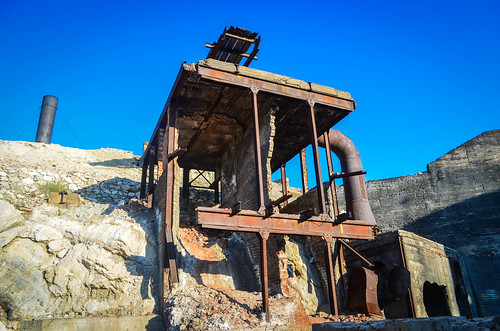
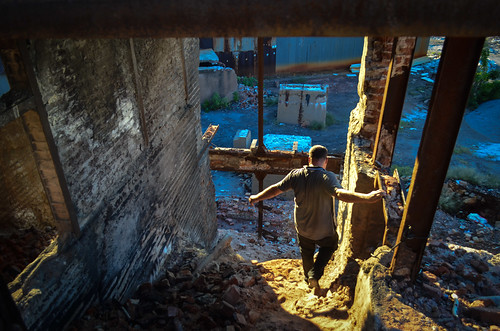

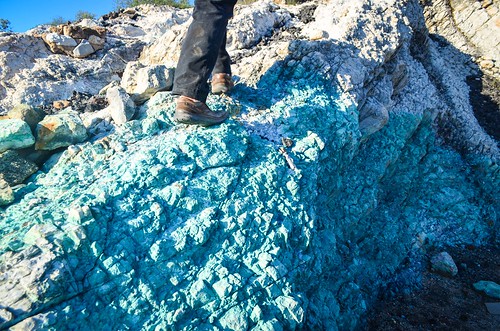
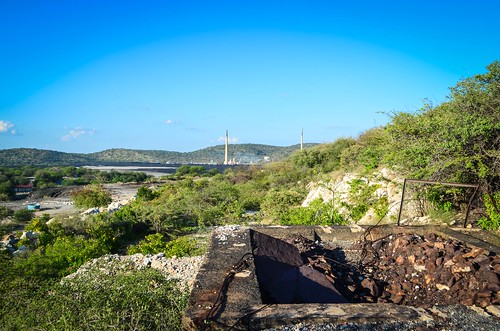


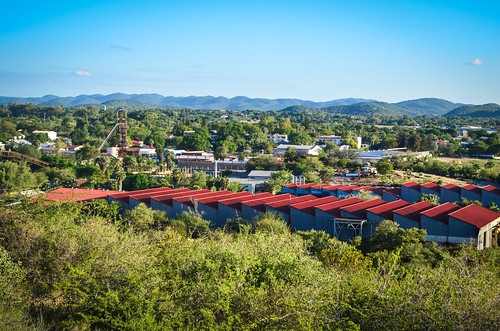

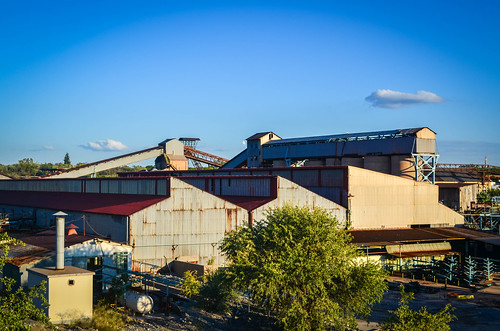
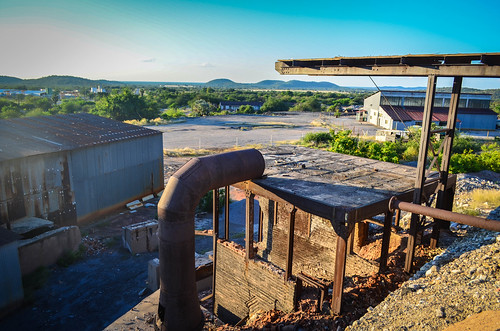
There’s a lot of old pictures there, to be compared with what the town looks like today.


Tsumeb is a small town, but as I already said, small Namibian towns are very well equipped in supermarkets, factories, etc. There’s an outlet of Cymot, which sells car maintenance products, everything for the outdoor, and bike parts. Strangely enough the only bicycle tires available are 29″, and I buy a self-repairing inner tube pre-filled with Slime. I had never heard of this before, apparently it exists in the UK too. Even if punctures are very rare with the Schwalbe Marathon tires, I’ll give a try. My tubes have slow leaks and I won’t mind throwing them away.
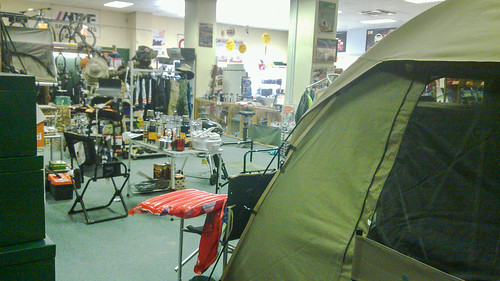

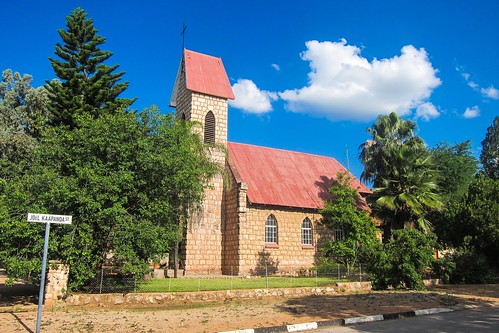

The Tsumeb museum has a lot to see and learn about. Half about the tribes of Namibia, the other half about the German and South African history. I had already posted photos of the German canons taken out of the Otjikoto lake.
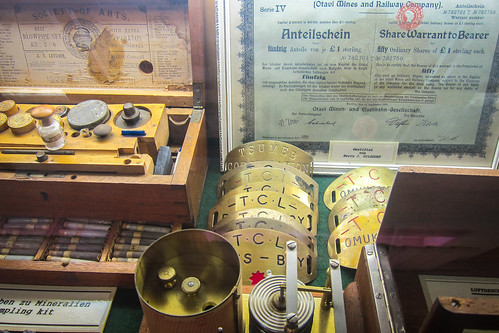
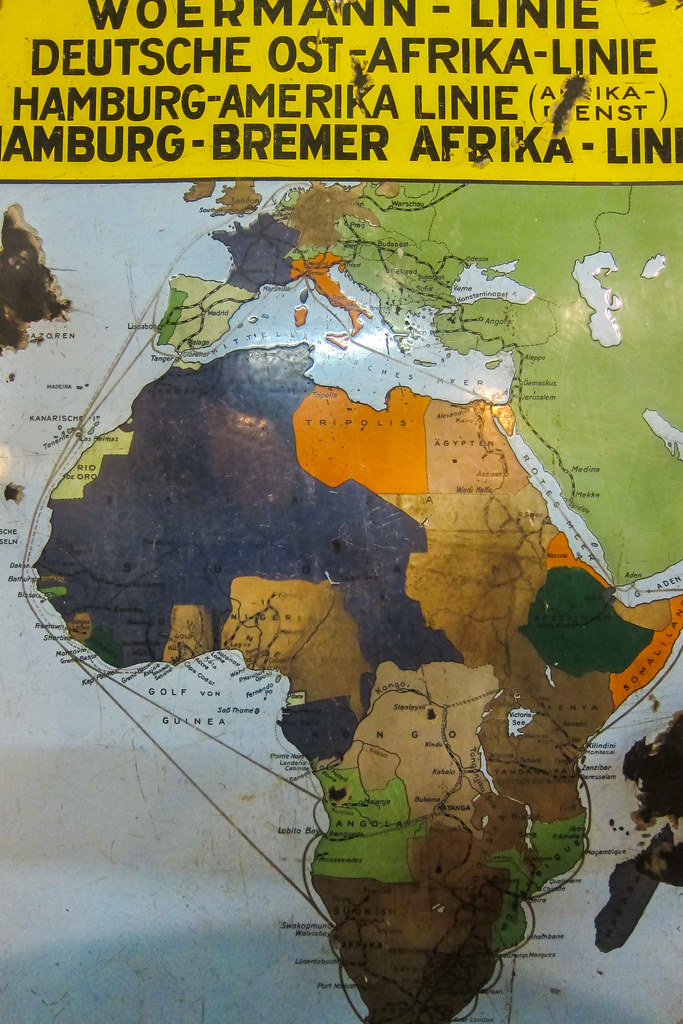
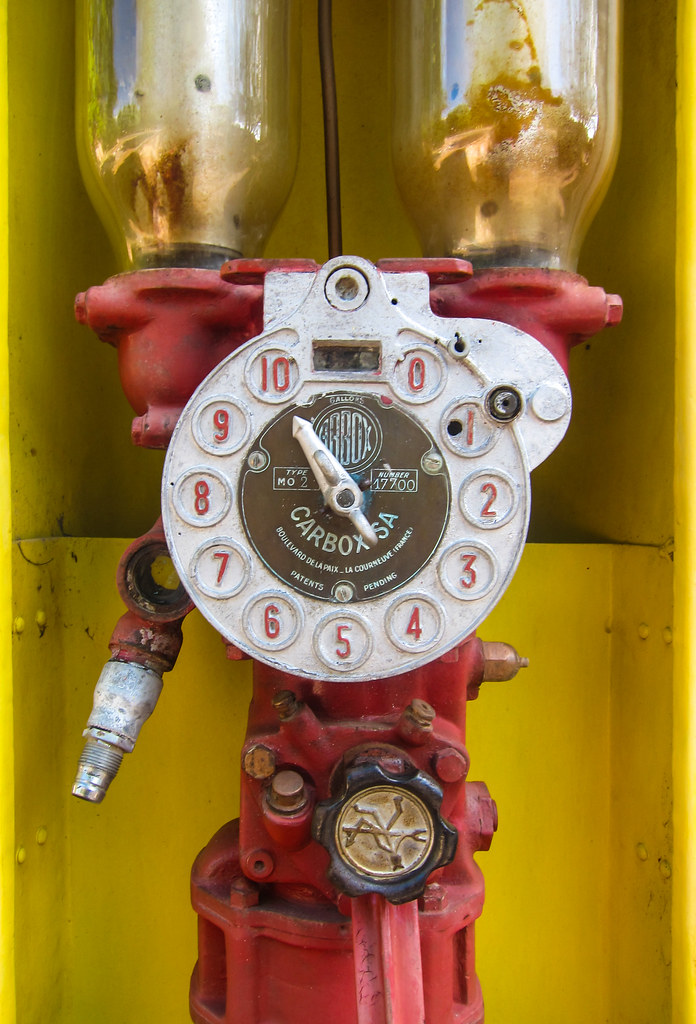
Not far from Tsumeb, on the land of the !Uris lodge, Dayne takes me to a closed mine. The Karavatu mine is part of the Bobos mining area, a shallow open pit mined occasionally between 1919 – 1943. It looked like this in 1925.

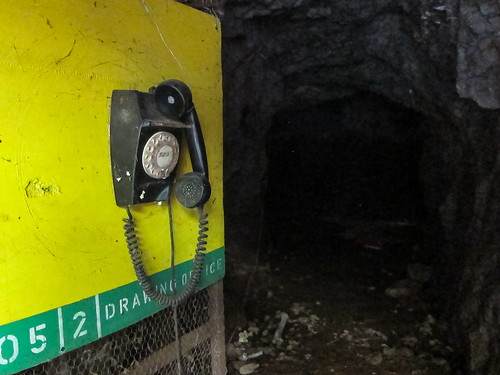
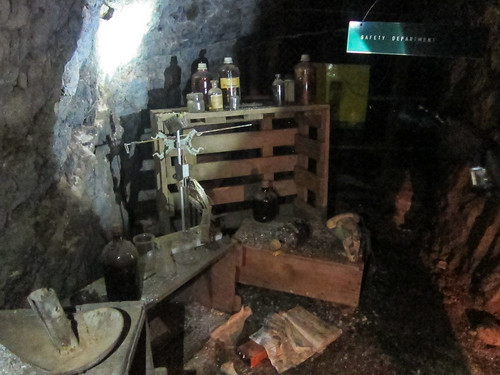
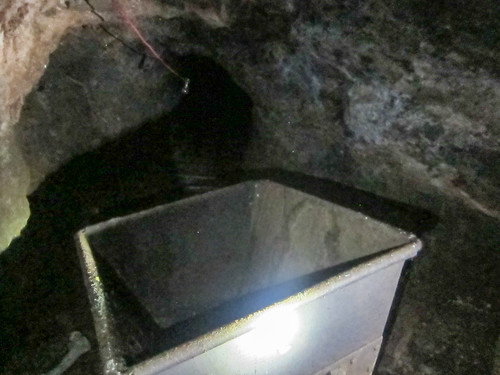
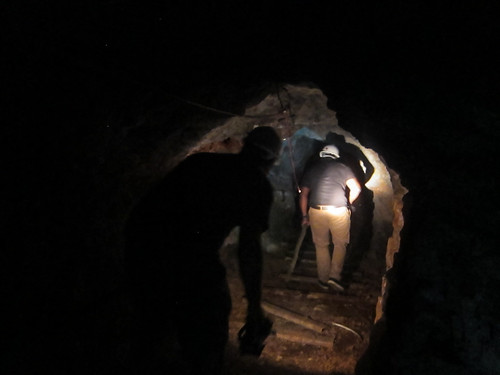


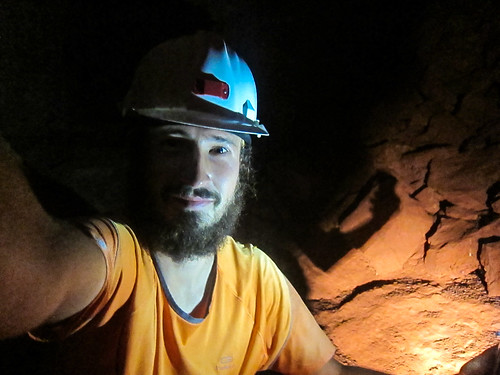

Mining didn’t start with the European settlers, the Damara were already working the copper, at the open pit of Alt Bobos.


However, my interest in mining is outgrown by the meat. I’ve not been eating that well since … since even before I left Switzerland. Namibia is finally a place with braai masters, where meat looks like meat, and not small bits of various animals in a stew.


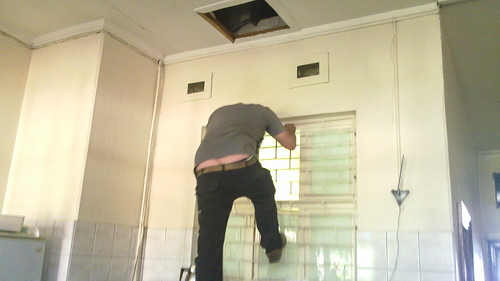

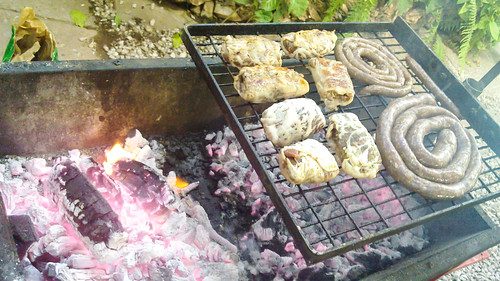
I must give big thanks to Hannelie and Dayne for these great moments in Tsumeb. Etosha Café is definitely a place to stop by.
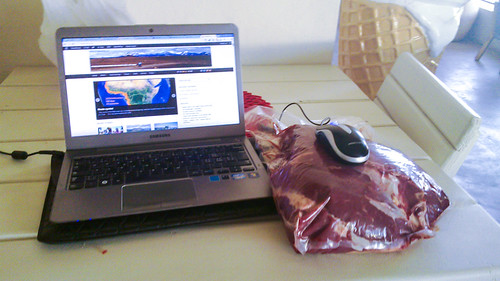






Leave a Reply